Designing a beautiful garden that seamlessly integrates with your home’s structure is both an art and a science. But when it comes to incorporating HVAC units into your landscape, many homeowners make the critical mistake of prioritizing appearance over function. Your HVAC system—especially the outdoor condenser unit—requires proper airflow to operate efficiently. Blocking this airflow with plants, fences, or decorative elements can result in reduced performance, higher energy bills, and even costly repairs.
In this comprehensive guide, we’ll show you exactly how to design your garden without blocking HVAC airflow, blending aesthetic goals with smart landscaping strategies. Whether you’re a seasoned gardener or a first-time homeowner, this guide will help you strike the perfect balance between beauty and HVAC efficiency.
Why HVAC Airflow Matters in Garden Design
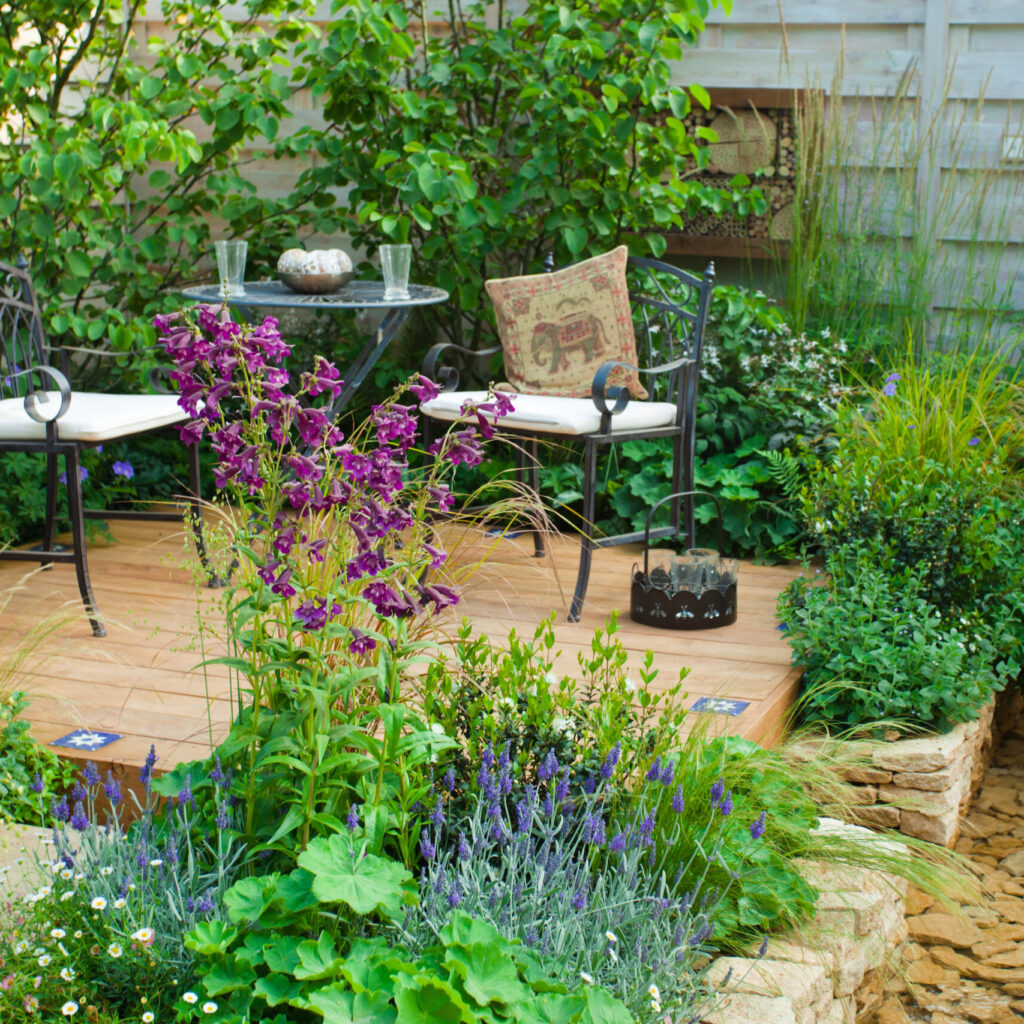
Your HVAC system relies heavily on the unobstructed exchange of air to function efficiently. The outdoor unit—typically a condenser or heat pump—pulls air in from the surrounding environment, transfers heat, and then releases it. When this process is interrupted by blocked airflow, several problems can occur:
- Increased energy consumption
- Reduced cooling/heating capacity
- Overheating of components
- Shortened equipment lifespan
- Frequent system shutdowns or repairs
So, maintaining proper airflow isn’t just a technical requirement—it’s a necessity for saving money and extending your HVAC system’s life.
Ideal Clearance Around HVAC Units
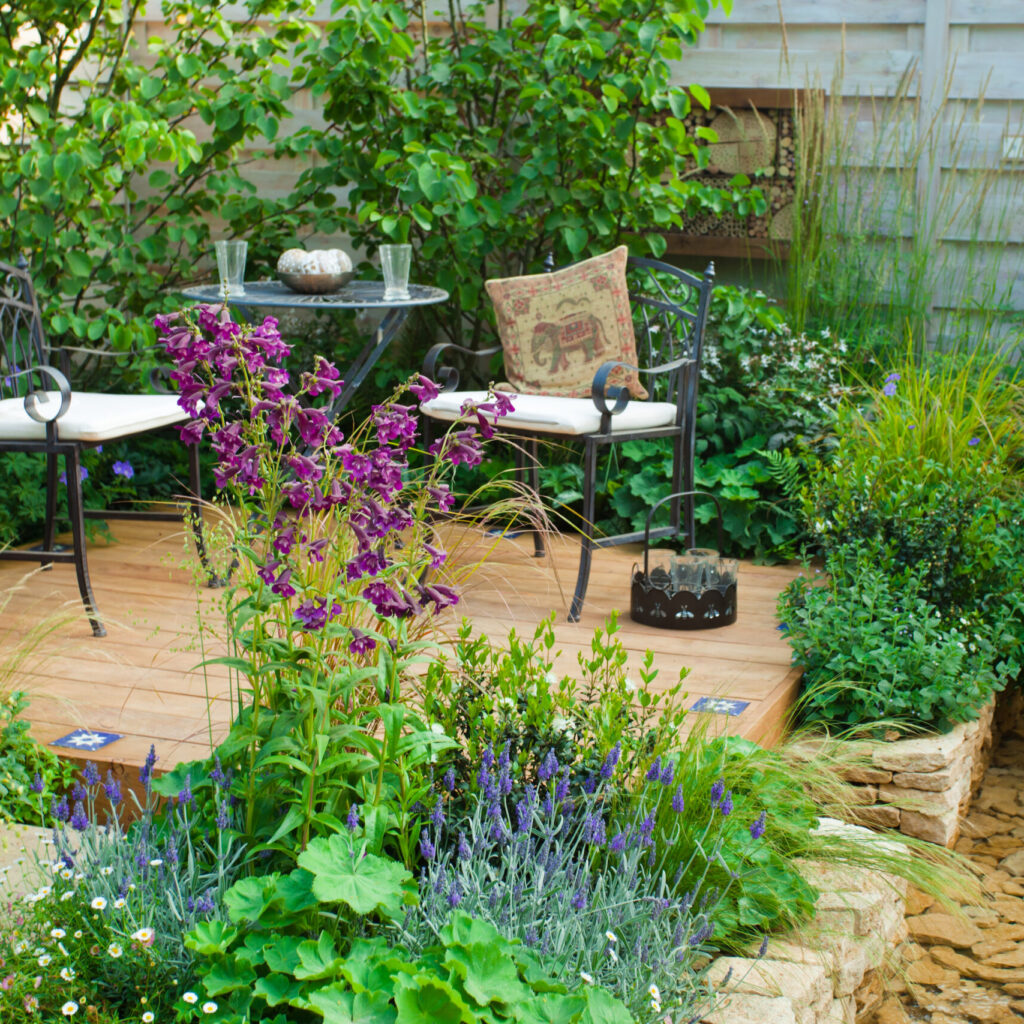
Before you start placing shrubs or laying stones, you must understand the basic clearance recommendations for HVAC units:
- 2–3 feet of space on all sides of the unit
- 5 feet of vertical clearance above the unit
- Clear path for technician access (ideally from the front panel)
These dimensions allow for proper air circulation and make routine maintenance or emergency repairs easier. Any design you implement should respect these minimum distances.
1. Plan Landscaping Around the HVAC Unit Early
It’s much easier to create a garden that complements your HVAC system when you plan in advance. If you’re designing a garden from scratch, locate your HVAC unit first and identify its clearance zone. Sketch this on a garden layout diagram so that you don’t accidentally place elements too close.
You can also use landscaping software or garden apps to visualize how plants, paths, and features will look in relation to your HVAC unit. Early planning also allows for smarter plant selection and irrigation design that won’t interfere with the equipment.
2. Use Low-Growing Plants or Ground Covers Nearby
To soften the appearance of your HVAC unit without blocking airflow, opt for low-growing plants or ground covers like:
- Hostas
- Liriope (monkey grass)
- Creeping thyme
- Sedum
- Dwarf ornamental grasses
These plants stay within 1 to 2 feet in height and won’t interfere with airflow. Be sure to plant them just outside the 2- to 3-foot clearance zone, and prune them regularly to prevent encroachment.
Ground covers can also prevent dust, dirt, and grass clippings from blowing into the unit during lawn maintenance, which helps your system stay cleaner and more efficient.
3. Create a Gravel or Mulch Buffer Zone

Instead of placing grass, flower beds, or decorative items right next to your HVAC unit, establish a buffer zone of gravel, mulch, or river rock. This has multiple benefits:
- Improves drainage and prevents water pooling
- Reduces plant growth directly around the unit
- Keeps the area clean and accessible for HVAC technicians
- Prevents mud and debris from entering the fan or coil
You can also edge the buffer zone with bricks or pavers to separate it from the rest of the garden and provide a neat, intentional look.
4. Avoid Dense Shrubs or Tall Bushes
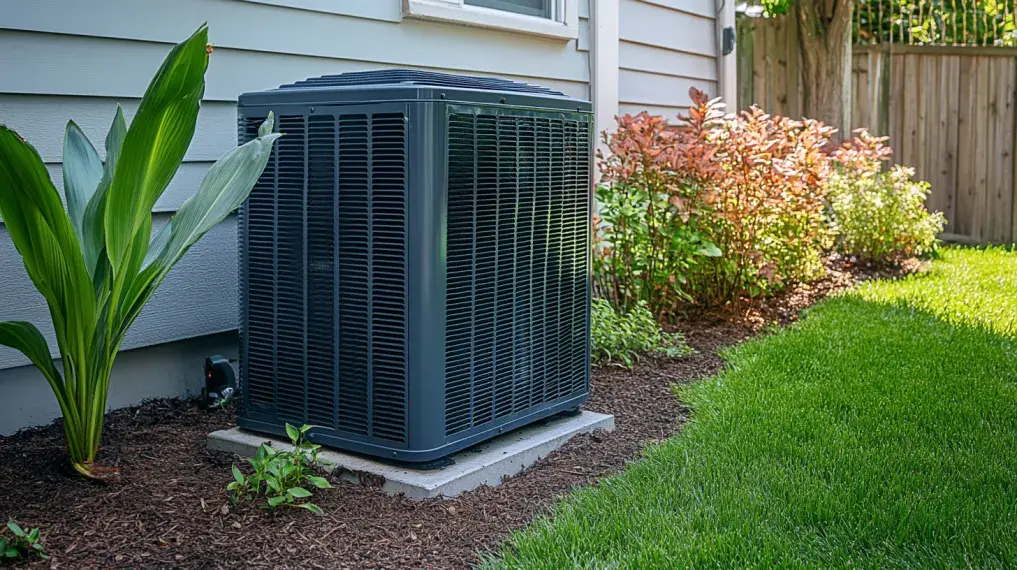
While it may be tempting to block your HVAC unit entirely from view using dense bushes or hedges, doing so can choke airflow and cause overheating. Avoid planting:
- Boxwood
- Privet
- Laurel
- Thujas
- Fast-growing evergreens
If you do want some privacy, plant airy shrubs or ornamental grasses such as:
- Butterfly bush
- Switchgrass
- Little bluestem
- Ninebark
Position these shrubs at least 3 to 5 feet away from the unit. Their open structure allows air to pass through, and most are low-maintenance options.
5. Install Ventilated Fencing or Screening
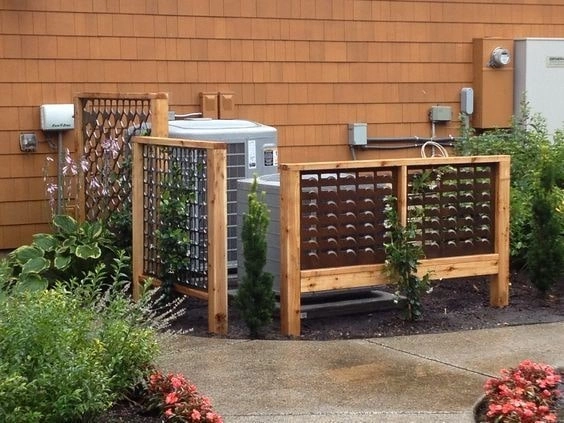
Another excellent option for disguising an HVAC unit without blocking airflow is using ventilated fencing, lattice panels, or slatted wood screens. These can be customized to match your home’s aesthetic while leaving enough space for air circulation.
Design tips for fencing around an HVAC unit:
- Leave at least 12–18 inches between the screen and the unit
- Choose materials that resist moisture and rust, like vinyl, treated wood, or composite
- Keep one side open or install a removable access panel
- Match the fence color to your home or garden theme for a cohesive look
Screens also offer year-round visual cover, even when deciduous plants lose their leaves in winter.
6. Provide Shade Without Obstruction
Proper shading can increase your HVAC system’s efficiency by up to 10%, especially in hot climates. However, the shade must not block airflow or create clutter around the unit.
Use these shading methods wisely:
- Install an overhead pergola or small canopy structure (with 5 feet vertical clearance)
- Plant trees strategically on the west or south side to reduce sun exposure
- Use tall plants at a distance to cast shadows without overhanging the unit
Avoid planting trees with heavy leaf or seed drop, such as maples, oaks, or cottonwoods, near your HVAC system, as they create maintenance issues.
7. Design Access Paths for HVAC Technicians
Your HVAC technician will need clear access to service panels, fans, coils, and electrical connections. Incorporate walkways, stepping stones, or open gates into your garden design so maintenance can be performed safely and efficiently.
A few design ideas include:
- A gravel or paver path that leads directly to the unit
- A split rail or hinged fence gate that opens wide
- Removable garden panels or trellises
- Low-voltage lighting to guide access at night
By making the unit easy to reach, you reduce labor costs and ensure faster emergency service if needed.
8. Keep Irrigation Systems Away from the Unit
Sprinklers or drip irrigation systems should never spray water directly onto the HVAC unit. Over time, moisture can cause rusting of components and even electrical damage.
Make sure sprinkler heads point away from the unit and that garden hoses or irrigation tubing are kept clear of the clearance zone. You may even consider installing a small drainage trench or French drain to redirect water flow during heavy rains.
9. Clean and Maintain Your Garden Regularly
Designing a low-maintenance garden around your HVAC unit is only part of the solution—you’ll also need to maintain it regularly. Keep an eye out for:
- Overgrown plants encroaching on the clearance zone
- Leaves or mulch building up around the base
- Pest infestations near the unit
- Seasonal plant debris that can clog coils
Doing a seasonal clean-up every 3–4 months helps protect your HVAC system and keeps your garden looking great.
Conclusion
Designing your garden without blocking HVAC airflow is all about smart planning and thoughtful choices. By following the guidelines above, you can create a lush, visually appealing outdoor space that doesn’t compromise your HVAC system’s efficiency or lifespan.
Remember: a beautiful garden should work with your home systems—not against them. With the right plants, materials, and spacing strategies, your HVAC unit can become a seamless part of your landscape design, offering both form and function in perfect harmony.

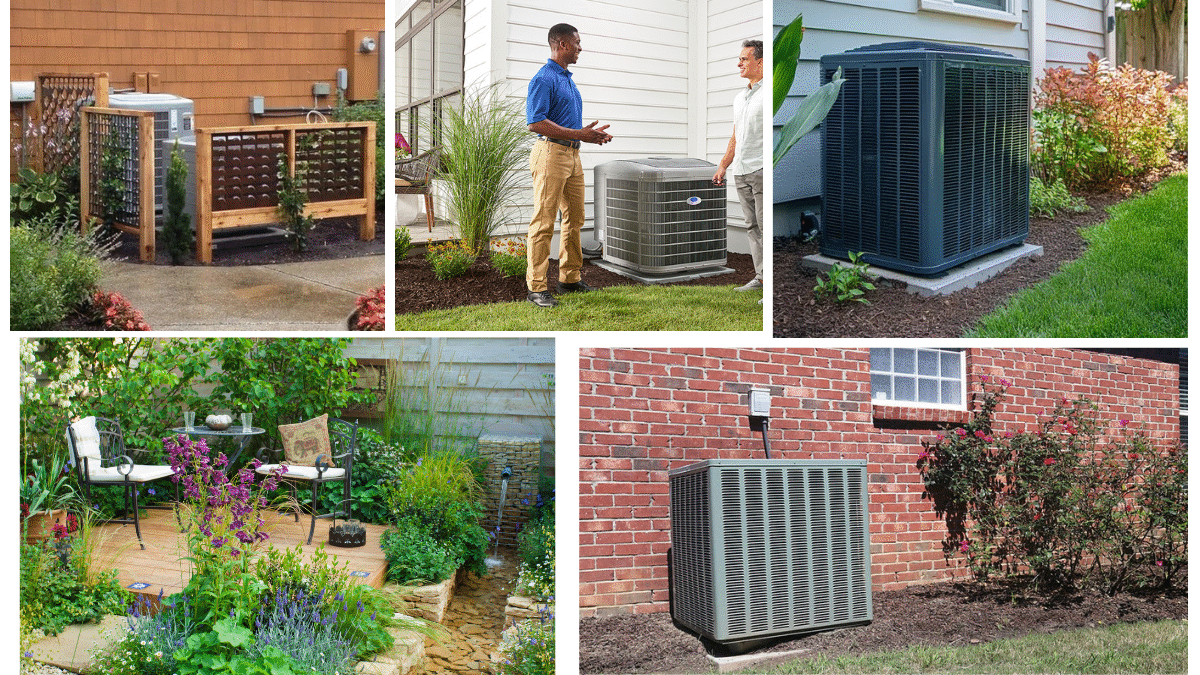




Leave A Comment